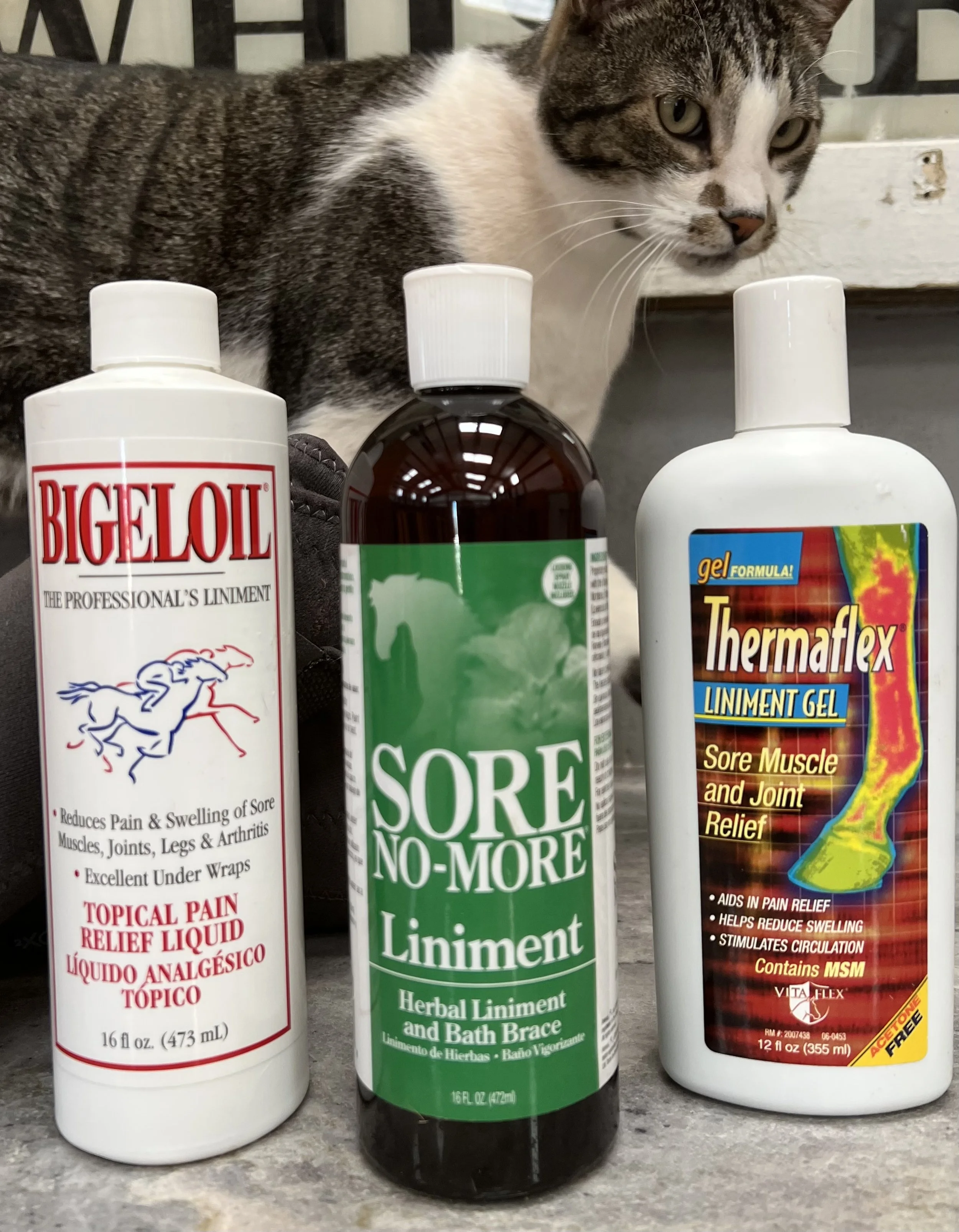How Does It Work? Keratex and Durasole
As horse owners we often use and recommend all kinds of horse products without taking the time to understand how and why they work. Ever since I was kid we used Keratex Hoof Hardener to help keep our horses hooves strong and healthy but I started wondering how it actually works. So I thought it would be fun to write some posts that do a deep dive into popular horse products that we all use and learn the in’s and out’s of how and why they work.
I figured I would kick it off with Keratex Hoof Hardener and Durasole, two items that I always keep on hand and use on a weekly basis. Let’s jump in and see how they work and what makes them special.
Durasole is an antibacterial, antifungal fixing agent formulated to thicken and toughen the sole and frog. It disables the intrinsic enzymes which can weaken the mechanical composition, protects the hoof from extrinsic damage from microorganisms in the environment, and alters the tissue of the sole and frog at the molecular level, increasing their strength and rigidity. Formaldehyde is the primary fixing agent in Durasole and it causes proteins to crosslink in a meshwork, stabilizing the protein mass of the hoof sole. Although it is a strong reducing agent, formaldehyde fixes by an oxidative reaction, forming methylene bridges between the side amino groups of lysine and glutamine on different protein chains.
In addition to being an effective sole toughener it also contains gentian violet to combat fungus and yeast infections and povidone-iodine solution in sufficient concentration to be effective in the treatment of thrush. Gentian violet has been used in medicine for almost 100 years: as an antiseptic for external use, as a topical antibiotic and as a topical anti-fungal agent.
Durasole is dripped onto the bottom of the foot in very small quantities and then a brush is used to distribute it around the sole and frog. It is extremely effective in helping horses with thin soles, crumbly hooves or protecting hooves in wet environments. I even use it after trims. It can also be used to treat white line or thrush or as a preventative to keep them away. The dark purple color can and will stain anything it touches, so I wear rubber gloves when applying and have a few pairs of barn jeans with purple spots. It is a staple in my barn and I even make sure I have a bottle in my groom tote at shows.
Keratex Hoof Hardener is another product that I always keep on hand and recommend that every horse owner have. It’s patented formula includes a unique flexibility agent as well as a hardening agent, making it the perfect product to protect your horse from brittle, cracked, soft or weak hooves; soft, sensitive or thin soles; repeated shoe loss; transition to barefoot and hoof damage.
Keratex Hoof Hardener contains a uniquely patented mixture of aldehydes – namely a small amount of formaldehyde – combined with other ingredients designed to promote strength and flexibility in the hoof. It works by cross-linking the keratins and proteins within the internal structures of the hooves and reinforcing the natural sulfur link that support a healthy horn, making hooves stronger from the inside out. Because it absorbs into the hooves, it will not ‘come off’ in the field, it will continue to work within the hoof whatever the weather and field conditions.
If your horse has a tendency to throw shoes, it could be symptomatic of issues within the hoof wall. The cross-strengthening action of Keratex Hoof Hardener makes the wall denser, giving more purchase to nails and a capable structure for their insertion, keeping the shoe secure. Applying Hoof Hardener around old nail holes and chips will assist the healing process.
Brush it on the outside (avoiding the coronary band) and the bottom of the hoof (avoiding the frog) once a week to keep your horse’s hooves strong and healthy.











